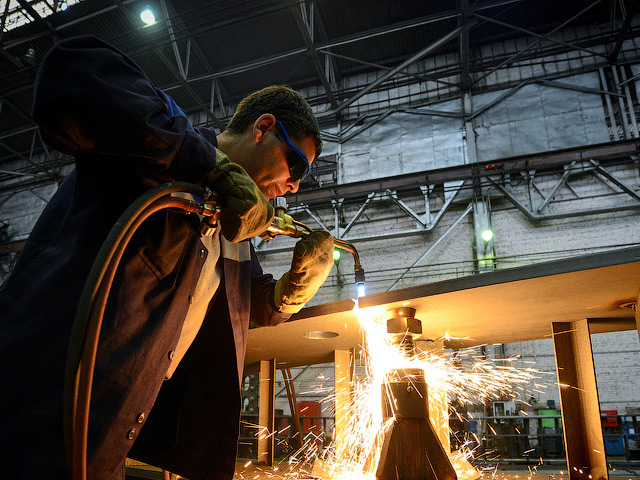The secret of success of industrial policy - to motivate entrepreneurs to act in the interests of the economy.

Industrial policy refers to a certain type of intervention and involves government actions aimed at specific sectors of the economy . But in industrialized countries industrial policy has its own specifics.
Entrepreneurs here do not have enough experience, and most importantly - they often do not have sufficient access to technology and finance. On the one hand, the government should help them protect themselves from external competition, help in obtaining modern technologies, and provide subsidies. On the other hand, entrepreneurs, first of all, are interested in making a profit. And the most profitable may be investment not in production, but for example, in hotel complexes, wedding palaces, shopping centers, etc. The secret of the success of industrial policy is to induce entrepreneurs to act in the interests of the economy as a whole.
For example, in India, very high tariffs were introduced to protect the national economy from external competition. As a result, local entrepreneurs turned out to be virtually monopolists. An entrepreneur could get a cheap loan to purchase equipment in Europe or Japan, but he had no incentive to produce cheaper and high-quality goods. The saddest thing is that when the government tried to remedy the situation and create competition in the domestic market, the entrepreneurs themselves sabotaged these measures - they were only interested in subsidies.
In Korea, unlike some countries, the emphasis was on export development aimed at developed markets. The entrepreneur received state subsidies, was obliged to invest these funds in export-oriented industries, where he faced the most intense competition. In India, until recently produced car "Ambassador", whose design has not changed since 1945 because consumption was guaranteed by the protectionist policy.
Korean automakers use state support, depending on the ability to sell cars in the US and European markets. Today they compete with General Motors and Ford. And if in Korea the export structure changed, raw materials and fabrics were replaced by high-tech goods, India remained a major importer of heavy machinery and equipment, and exports did not grow, because it was not competitive. India faced the need to spend almost the entire budget to support a dying industry to the detriment of the rest of the industry.
To support exports, it is not possible to go about large-scale practice of direct financing. The main forms can be leasing, tax holidays, reduction of tariffs for railway transportation.
Natig Shirinzade
PH.D,Chairman of Institute of Global Economic Problems


